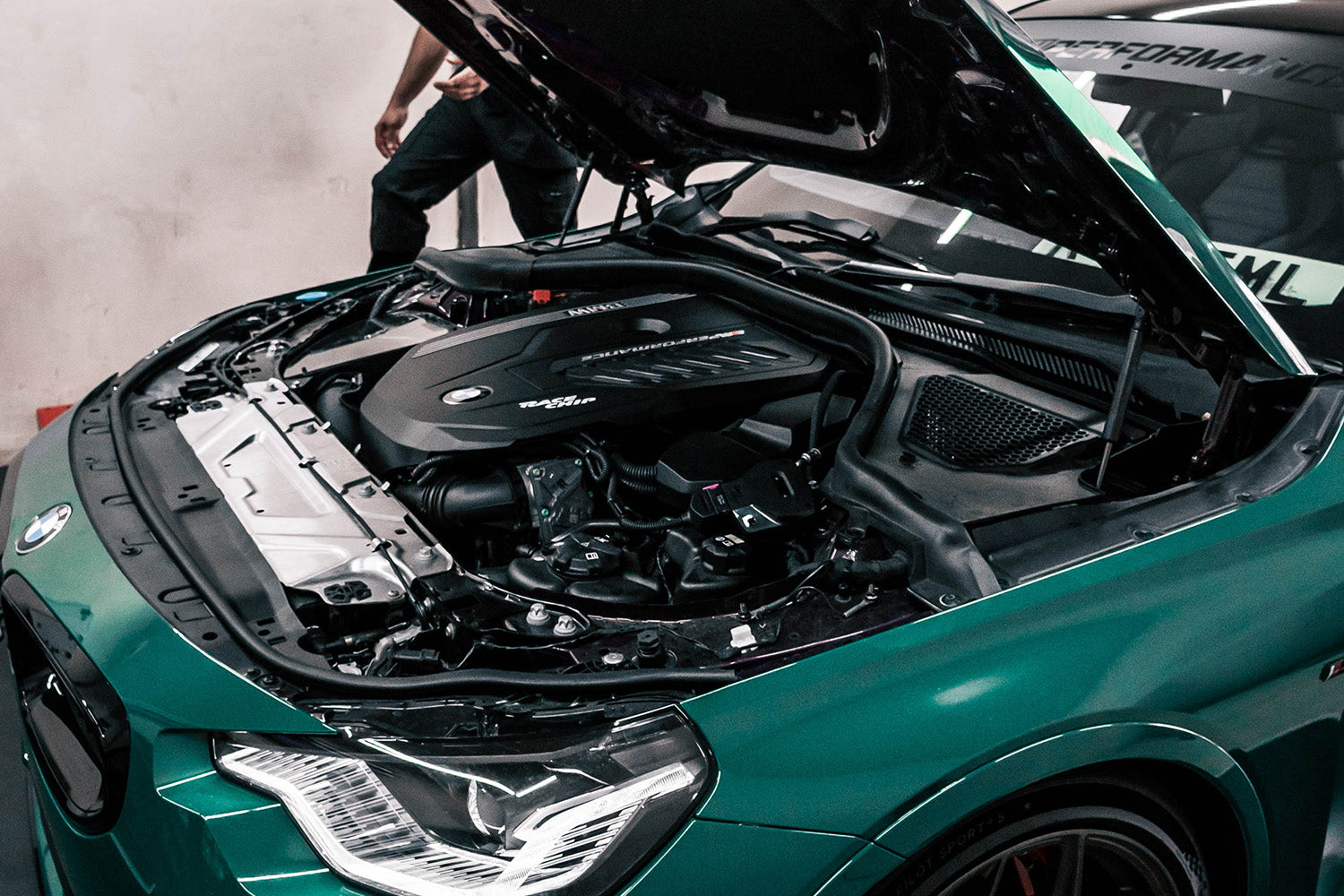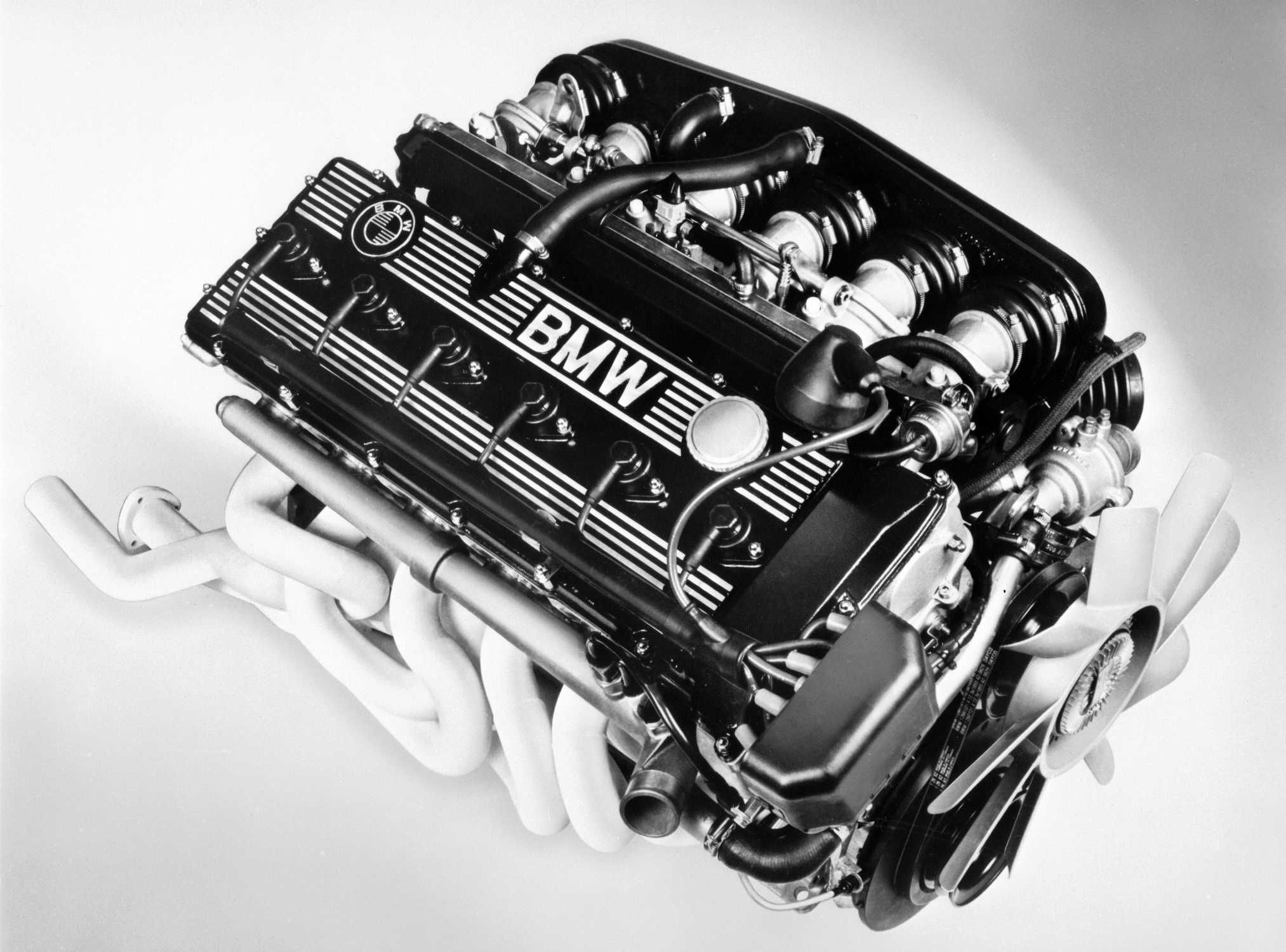Checking Out the Advancement of Combustion Engines in Modern Transportation Solutions
As we navigate the landscape of modern-day transportation, the advancement of combustion engines stands as a testimony to human ingenuity and design prowess. The interaction of history, innovation, and ecological worries in forming the trajectory of combustion engines creates a story that is both insightful and engaging.
Very Early Beginnings of Combustion Engines
Exactly how did the principle of combustion engines initial emerge in the onset of transportation growth? The roots of burning engines can be traced back to the 17th century when the concepts of interior combustion were very first explored. In 1673, Christian Huygens conceived a fundamental inner burning engine that made use of gunpowder to produce power. It had not been till the late 19th century that useful applications of burning engines in transportation began to arise.
The development minute came with the creation of the initial effective gasoline-powered engine by Karl Benz in 1885 - bmw engine. This engine paved the means for the development of the modern-day vehicle, transforming transport systems worldwide. Subsequent technologies by Nikolaus Otto and Gottlieb Daimler even more fine-tuned burning engine modern technology, bring about the automation of vehicles and the quick expansion of the transport market
These very early combustion engines were identified by their simplicity and performance, laying the structure for the complex and effective engines used in modern transportation systems. The evolution of burning engines has been important in shaping the means we take a trip and transport products, marking a substantial turning point in the history of transportation growth.
Change to Internal Combustion Innovation
The transition to inner combustion technology marked an essential change in the development of transport systems. This shift began in the late 19th century, with innovators like Nikolaus Otto and Gottlieb Daimler establishing the initial successful interior combustion engines. These engines changed transport by offering a much more powerful and efficient choice to heavy steam engines and electric motors.
One of the key benefits of internal combustion engines was their capacity to be scaled down to match cars, resulting in the development of autos and motorcycles. This change from bulky, stationary engines to portable, mobile ones led the way for the contemporary transportation systems we see today.
The change to interior burning innovation also stimulated innovations in fuel innovation, leading to the advancement of fuel and diesel as main fuel sources for automobiles. This shift not only made transport much more easily accessible to the masses yet additionally laid the foundation for the oil and gas sector to become indispensable to worldwide economic situations.
Effect of Combustion Engines on Transport
The fostering of burning engines in transport systems catalyzed an extensive change in the performance and speed of international wheelchair. Combustion engines transformed transportation by providing a trustworthy and flexible resource of power for different cars, consisting of cars and trucks, ships, trucks, and airplanes. This technology dramatically enhanced the capacity for products and people to move over fars away in much shorter timespan, bring about boosted connectivity in between areas and countries.
In addition, the prevalent use of burning engines has actually had a substantial impact on economic advancement. The capacity to move products successfully has actually stimulated trade and business, allowing businesses to increase their markets and get to consumers worldwide. This has actually promoted financial growth and globalization, as items can now be moved quicker and in bigger amounts than ever in the past.
Nonetheless, the ecological effect of burning engines can not be forgotten. The combustion of fossil fuels has actually caused air pollution and greenhouse gas emissions, adding to environment adjustment and posing wellness threats to populaces. bmw engine. Consequently, there is an expanding emphasis on developing alternate propulsion technologies to reduce these adverse impacts and develop a much more lasting future for transportation
Developments in Combustion Engine Layout
Countless innovations in burning engine layout have actually moved the development of transportation here are the findings systems over the decades. One noteworthy innovation is the development of turbocharged engines, which make use of exhaust gases to drive a generator that compresses inbound air, permitting even more fuel to be charred, resulting in increased power outcome without a significant rise in engine size. Furthermore, direct shot innovation has actually enhanced gas performance and performance by specifically managing the quantity and timing of gas infused right into the combustion chamber. Variable shutoff timing systems have actually also transformed engine design by enhancing air flow at different engine speeds, boosting both power and performance. One more considerable innovation is the combination of lightweight materials such as carbon fiber and light weight aluminum alloys, reducing total engine weight and enhancing automobile fuel economy. Developments in computer-aided style have enabled designers to maximize engine efficiency and effectiveness via simulations before physical models are built, saving time and sources in the growth procedure. These advancements jointly add to the constant renovation of combustion engines in contemporary transportation systems.
Future Fads in Burning Engine Advancement
With modern technology innovations driving constant development, the future of burning engine development is poised to revolutionize transportation systems around the world. One of the vital patterns in burning engine development is the press in the direction of better efficiency and decreased emissions.
An additional noticeable pattern is the adoption of hybrid modern technologies in burning engines. Crossbreed engines incorporate typical combustion innovation with electric power, using boosted fuel performance and lower emissions. As the vehicle industry shifts towards electrification, hybrid burning engines are viewed as a transitional service that links the gap between conventional vehicles and fully electric ones.
Furthermore, the assimilation of wise innovations, such as expert system and data analytics, is expected to browse around these guys play a significant function in the link future of combustion engine advancement. These modern technologies can maximize engine performance in real-time, resulting in a lot more reliable combustion processes and boosted overall automobile performance. Embracing these future trends will not only drive innovation in combustion engine development but additionally contribute to a much more environmentally friendly and lasting transportation environment.

Final Thought
Finally, the development of combustion engines in modern transport systems has actually been marked by substantial advancements in modern technology and style. From the early beginnings of combustion engines to the transition to inner burning modern technology, these engines have actually had an extensive impact on transportation. Technologies in burning engine design continue to drive development in this area, with future fads concentrating on further improving efficiency and reducing exhausts. The future of burning engines in transport looks promising as study and growth efforts remain to press limits.
The roots of burning engines can be traced back to the 17th century when the principles of internal combustion were first discovered. These engines revolutionized transportation by supplying an extra effective and reliable option to vapor engines and electrical motors.
